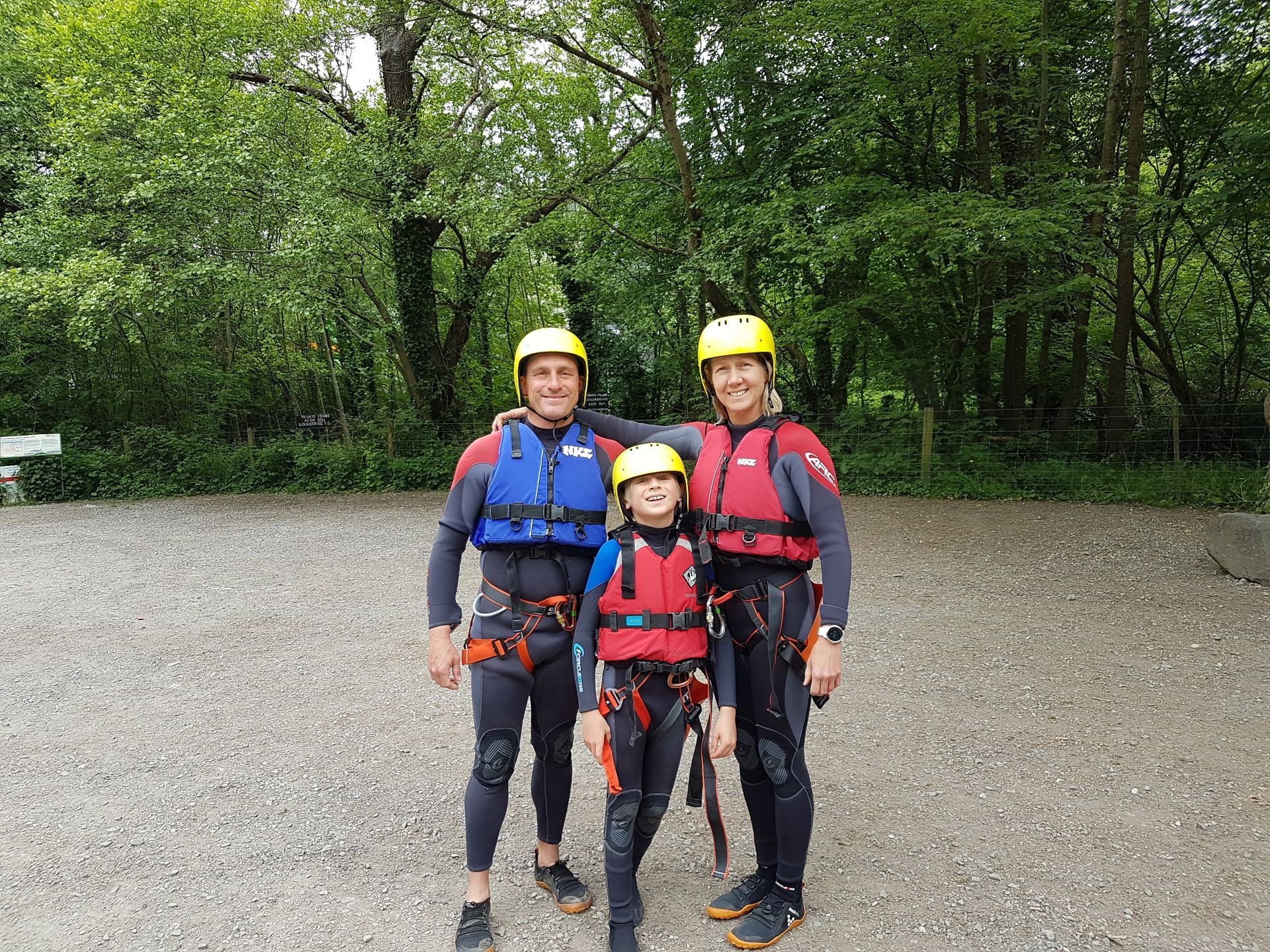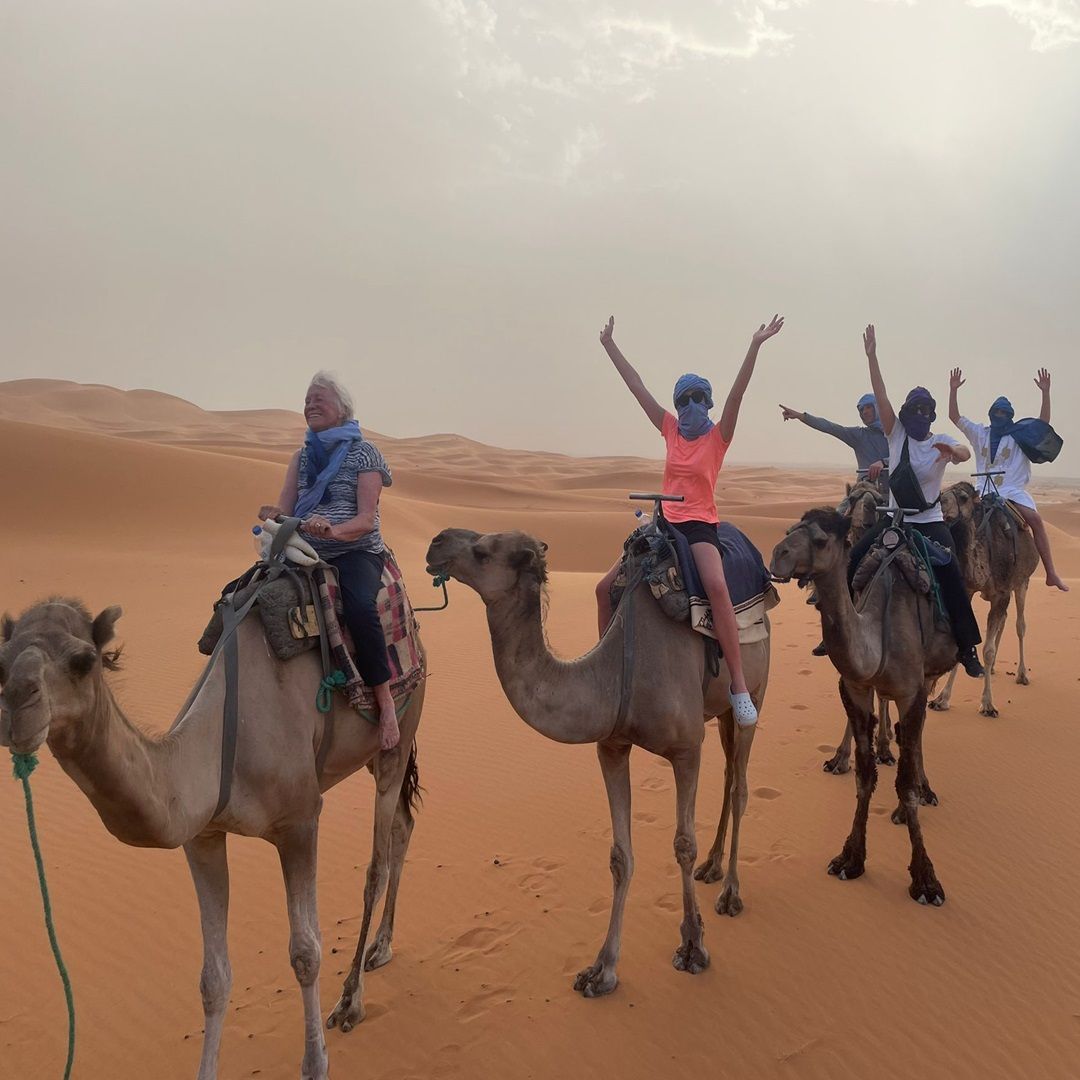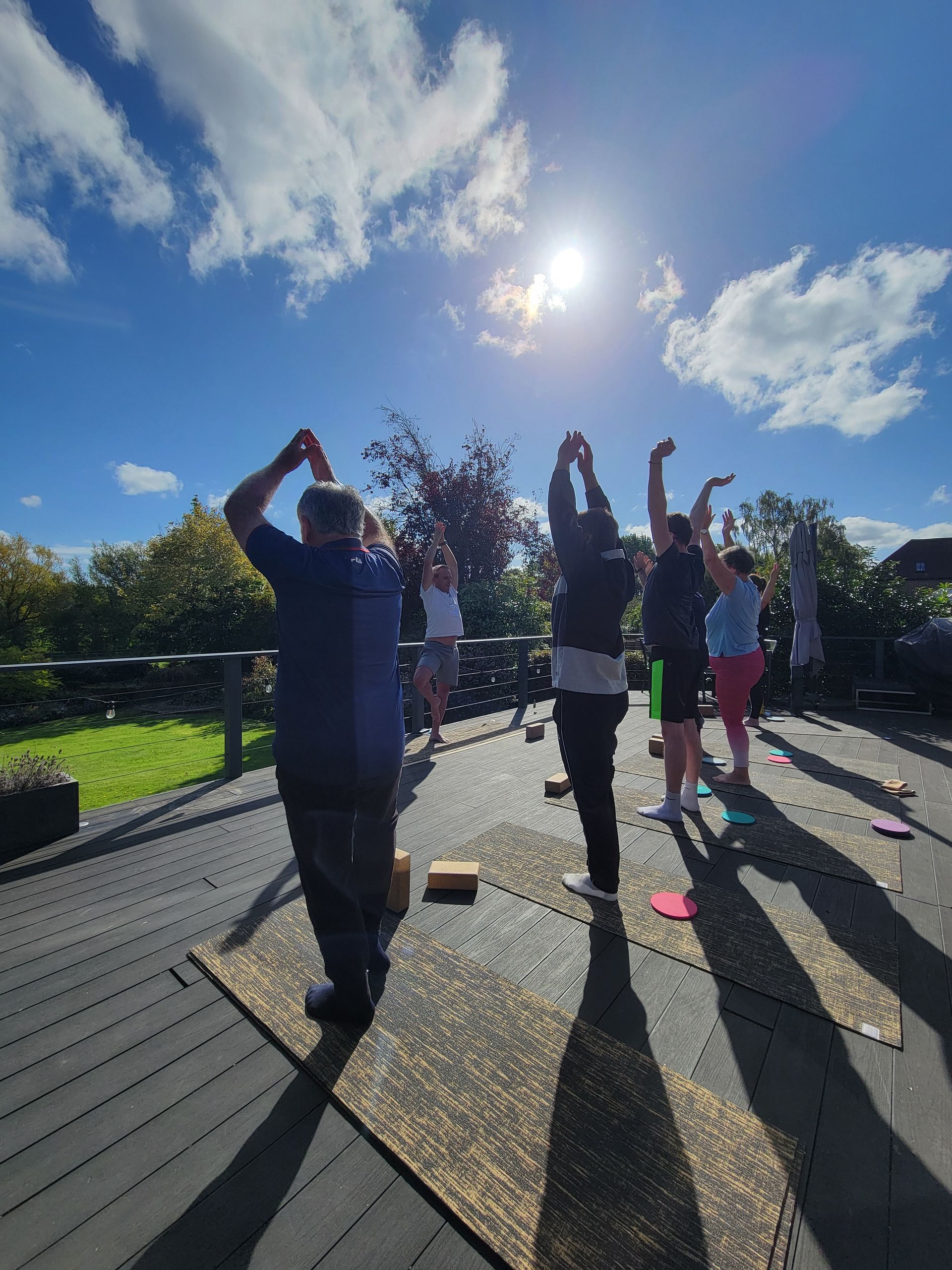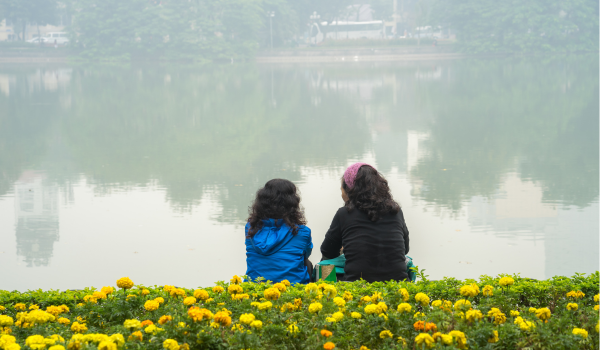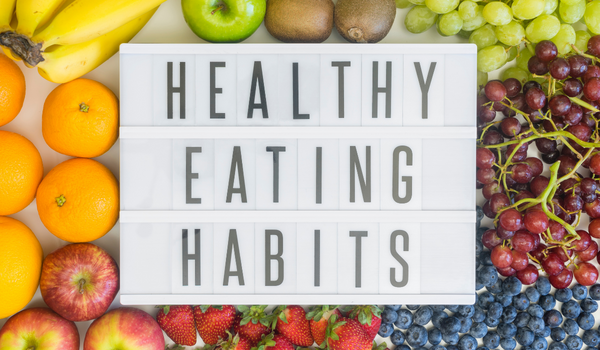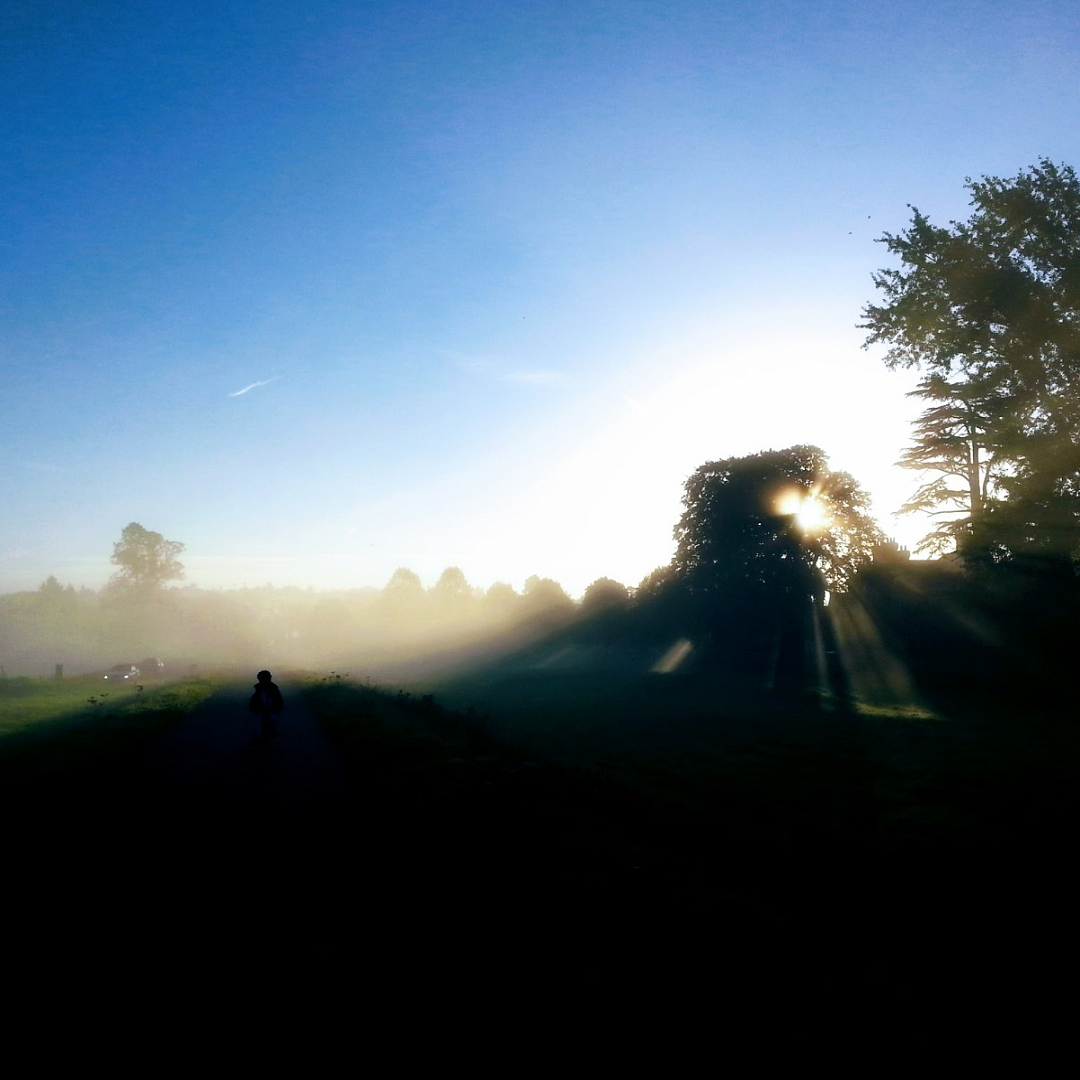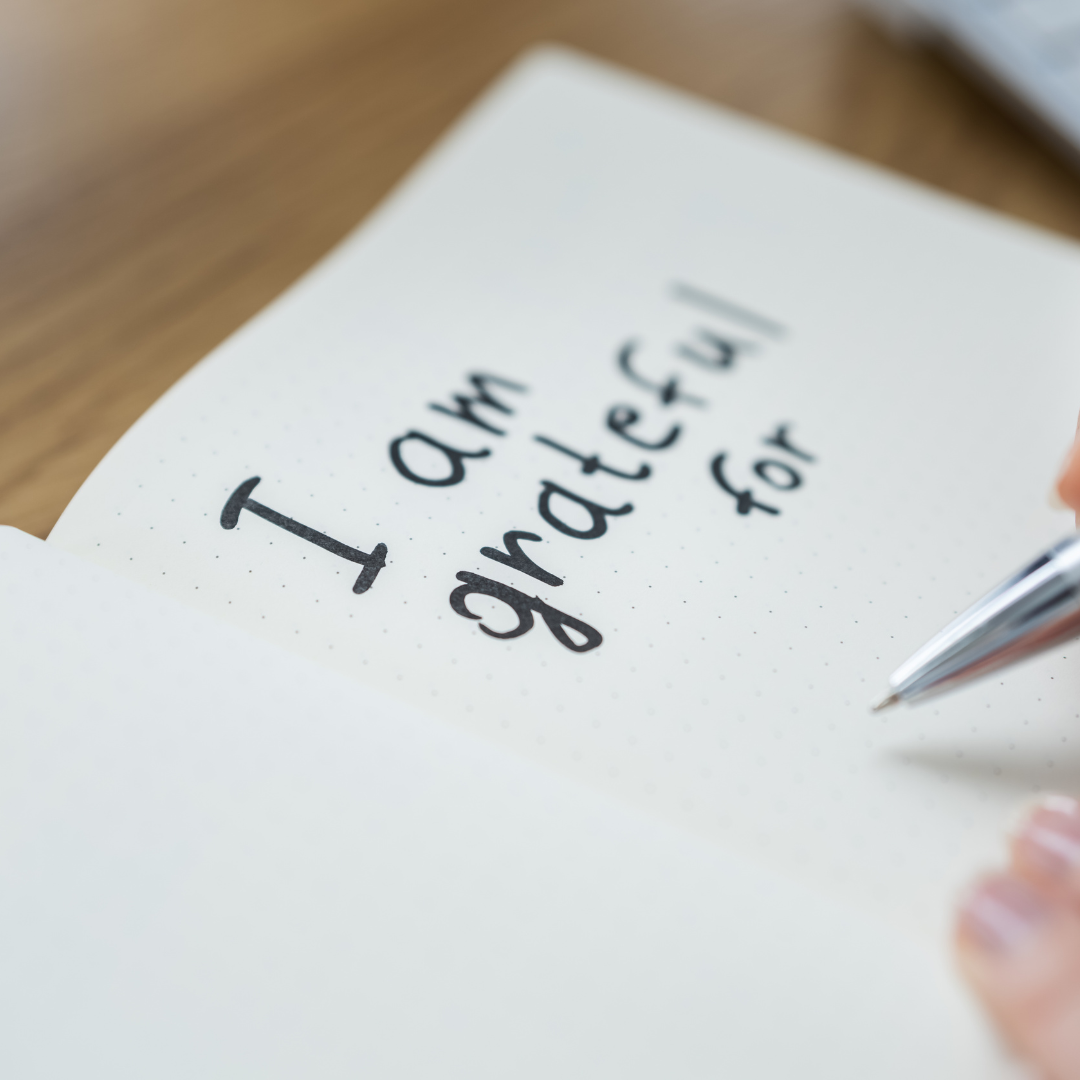YIN YOGA
An Introduction to Yin Yoga
There are so many different types of yoga that it’s hard to keep up with the different styles; all of which stretch the body and engage the muscles in their own way.
Yin yoga is different because the focus is on the deeper tissues such as bones and fascia.
When studying yoga, you learn that there are mostly references to Indian philosophy. Some of the Indian religions (such as Hinduism) come from the same roots as yoga. Yoga poses have bewildering names in Sanskrit, an ancient Indian language. There are also strong ties with Ayurveda, Indian medicine.
The concept of Yin yoga comes from Eastern philosophy, mainly traditional Chinese medicine. The idea that our body is filled with energy “chi” and runs along pathways called meridians. If you have ever had acupuncture, the needles are placed on meridian points to help with healing. Yin yoga does the same thing, but with yoga stretches (a little less scary).
An Introduction Yin Yoga
A yin yoga sequence will typically start as other classes, sitting quietly with eyes closed and grounding ourselves. Then you head straight into a strong sitting pose, doing a “cold stretch”. The muscles need to be cold to allow for gentle stretching or compression of the ligaments, tendons and fascia. The latter is more rigid than muscles so it takes longer to stretch.
Most poses are done seated or on the floor. There are no specific “yin yoga poses”; they are similar to other dynamic yoga poses but held for longer periods of time. For example, in Vinyasa Flow or Ashtanga yoga, a person typically holds a pose for 5 breaths, so maybe 30 seconds. In Yin yoga, poses are held for 2-5 minutes and can therefore feel like a more meditative practice. If you have a busy mind, that can seem like a long time!
So, many think that Yin yoga is better to start off because it’s slower. However, it can be a lot harder than a dynamic vinyasa flow class.
If you have an injury, I would advise speaking to a health professional before doing yin yoga practice. The poses when held for a long time can be intense.
Though the class seems slower, Yin yoga is not the same as Restorative yoga. Some of the classes do have restorative poses, but many of the yoga poses are meant to gently compress or twist the tissue surrounding your joints or your fascia (the tissue that holds your muscles and organs in place). Often coming out of a pose in Yin yoga, you will feel a strong sensation as the body rebounds. Restorative is more passive and relaxing.
Think of the yin yang symbol: Yin is slower, calmer, quieter. Yang is fast, productive and busy. Many people with “Yang” personalities (myself included) tend to gravitate towards the more dynamic, . But the body might appreciate time to slow down, allowing the deep tissue to stretch. But it’s hard at first. Yin yoga poses allow time for meditation. And it takes practice.
I was surprised to hear some of my London triathlete friends say how much they love Yin yoga! The benefits of yin yoga for runners can be evident in the joints. Joints can get a lot of wear and tear from high impact activity such as running. The yoga poses put gentle pressure on the joints producing more synovial fluid and hydrating the joints, which is critical to healthy joints.
Yin yoga benefits
- Stabilises the joints by strengthening the more rigid soft tissue
- Hydrates the joints, leading to less wear and tear
- Increases mobility and improving range of motion throughout the body
- Though the muscles aren’t the target, they ultimately get a deeper stretch
- Improve overall health by clearing energy blockages in the body (like acupuncture)
- Gives the mind time for meditation during the longer holds
Yin Yoga Classes
Following on demand yoga videos online is a great way to start yin yoga classes in the comfort of your home. At My Life Tonic we have created a selection of options for your yoga practice at home.
Yin classes are included in both the monthly subscription packages below. Each week there is 1 live streamed yin yoga class, from our yoga studio in Cookham, whilst there are a wide range filmed videos to watch whenever you want.
